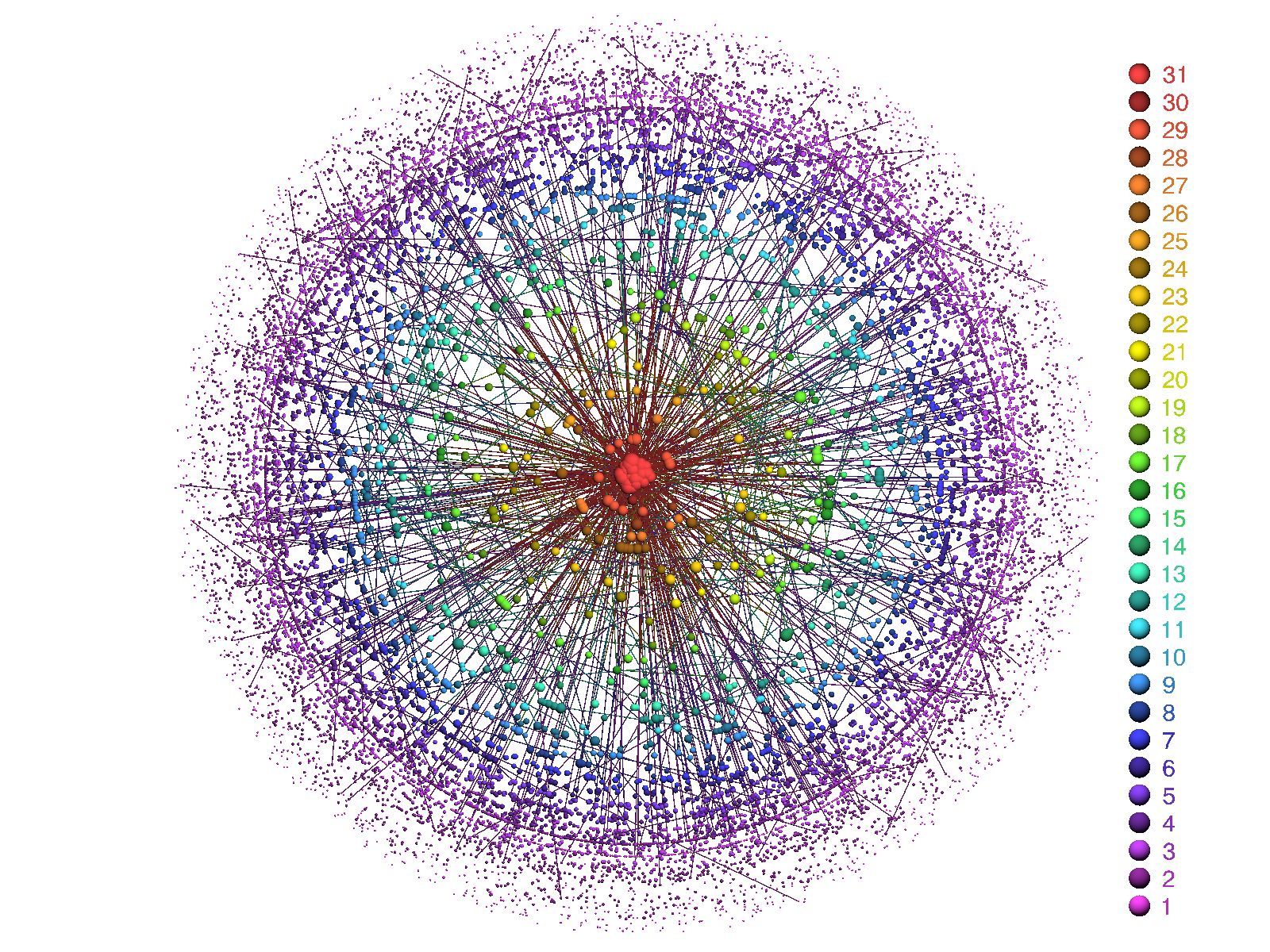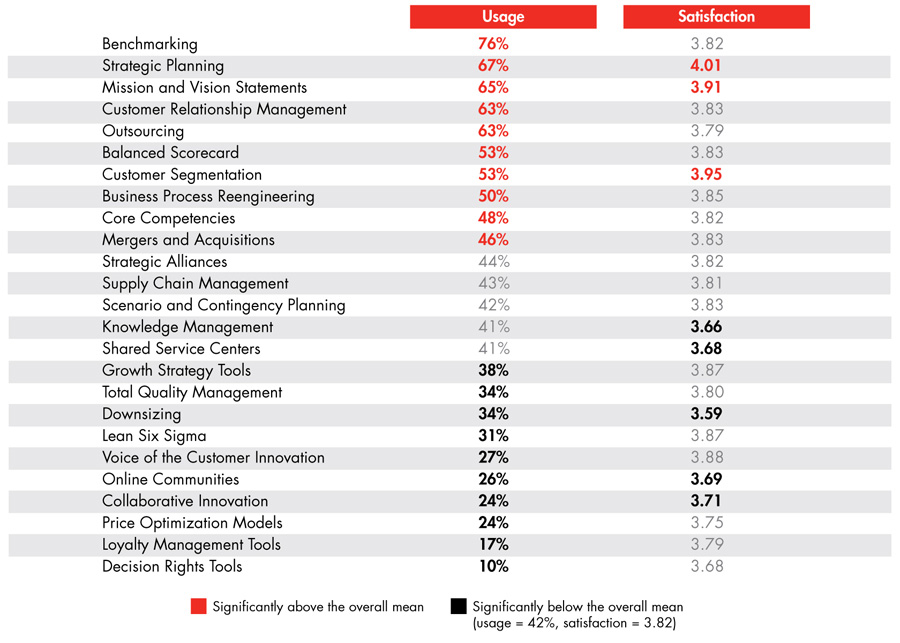Conscious Control Persists in Automatic Mode
Sunday, November 7th, 2010 The new view in cognitive science claims we operate in two mental modes – deliberate and automatic. In automatic mode we are unconsciously reacting to the environment around us. This is not simple stimulus to response. We still “think” in between and even make complex decisions but we do so very fast using whatever information is immediately available exercising no conscious control. The so-called blink. In deliberate mode we consciously observe, plan, analyze and control our thoughts, emotions and behaviors. We are reflective. Operating in deliberate mode is HIGH load because it requires tremendous mental energy whereas operating in automatic mode is LOW load because it requires little mental energy. For example, experienced drivers operate vehicles in LOW or automatic mode and a student driver is in HIGH or deliberate mode. One is skilled the other is reflective.
The new view in cognitive science claims we operate in two mental modes – deliberate and automatic. In automatic mode we are unconsciously reacting to the environment around us. This is not simple stimulus to response. We still “think” in between and even make complex decisions but we do so very fast using whatever information is immediately available exercising no conscious control. The so-called blink. In deliberate mode we consciously observe, plan, analyze and control our thoughts, emotions and behaviors. We are reflective. Operating in deliberate mode is HIGH load because it requires tremendous mental energy whereas operating in automatic mode is LOW load because it requires little mental energy. For example, experienced drivers operate vehicles in LOW or automatic mode and a student driver is in HIGH or deliberate mode. One is skilled the other is reflective.
The bi-modal trait of mind has big implications for cognitive designers so I am always on the look-out for scientific studies that offer a refined view. For example, check out this National Science Foundation press release on research from Vanderbilt University that demonstrates we still exert conscious control during automatic or LOW mode processing.
They studied how errors were processed during typing. Some errors were natural others secretly introduced by the researchers. Some errors were corrected secretly, some were not. They looked for a decrease in typing speed and verbal reports to signal errors.
Here is what they found:
* No decrease in typing speed when subjects verbally reported making an error that was secretly introduced by researchers
* A decrease in typing speed when subjects made a real error if the researchers corrected it or not.
Researchers could fool the conscious process but not the automatic one. My fingers know the error had been made even when I was tricked into believing or consciously thinking otherwise. They called this the illusion of authorship.
“What’s cool about our research is that we show there are two error detection processes: an outer loop that supports conscious reports and an inner loop process that slows keystrokes after errors,” said Logan. “Typing slows down after corrected errors just like it slows down after actual errors. It maintains the same speed after inserted errors as after correct responses, as if nothing was wrong.”
These circumstance are strange – false errors and secret corrections being made by experimenters but keep in mind they are trying to see if there are two processes or one at work. Normally the inner loop (automatic) and outer loop (conscious) are using different sources of information to work together. This is what allows us to achieve such outlandish levels of speed and accuracy. However, it is not fully automatic. We are still running with a thin line of conscious control even though we are not thinking about the actions we are taking. Perhaps this some form of embodied conscious control.



